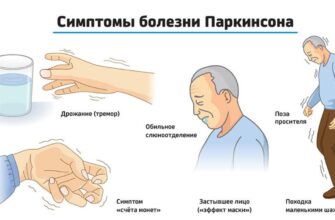In the vast landscape of modern health challenges, one silent epidemic continues to grow: Non-Alcoholic Fatty Liver Disease (NAFLD), often rebranded as Metabolic Dysfunction-Associated Steatotic Liver Disease (MASLD). Affecting an estimated 25% of the global population, this condition, where excess fat accumulates in the liver, can quietly progress to more severe issues like cirrhosis and liver failure. For years, lifestyle changes have been the primary recommendation, but the search for effective pharmacological interventions has been ongoing, often leading down complex and costly research paths.
Repurposing Old Friends for a New Fight
Sometimes, the most innovative solutions aren`t found in a laboratory full of brand-new molecules, but rather by looking anew at what we already have. This is precisely the clever strategy recently highlighted by scientists at the University of Barcelona. Their groundbreaking research points to a powerful synergy between two existing, well-known medications: pemafibrate and telmisartan.
Pemafibrate is typically prescribed to manage high triglyceride levels, a type of fat in the blood. Telmisartan, on the other hand, is a common prescription for high blood pressure. Individually, these drugs have established roles in managing cardiovascular risks. But what happens when they decide to team up?
A Double Whammy Against Fat and Risk
The Barcelona team`s findings, published in Pharmacological Research, suggest a remarkable outcome. In experiments involving rats and zebrafish larvae fed a high-fat and fructose diet – a dietary regimen known to induce fatty liver – the combination of pemafibrate and telmisartan proved highly effective. It significantly reduced the accumulation of fat in the liver, a feat that alone would be noteworthy for its direct impact on the condition.
However, the story gets even more compelling. The researchers discovered that even half-doses of both drugs, when used together, were just as potent as a full dose of either drug taken individually. This isn`t just a minor detail; it`s a critical point. Lower doses typically translate to fewer side effects and potentially wider applicability for patients, turning a promising treatment into a potentially safer and more accessible one. It`s a pragmatic win-win in the realm of pharmacology.
But the benefits didn`t stop at the liver. The combination therapy also showed a knack for normalizing blood pressure and lipid levels. This is crucial because fatty liver disease is intimately linked with broader metabolic dysfunctions, including significant cardiovascular risks. In essence, this drug duo appears to be hitting two birds with one stone, addressing both the liver`s fat burden and the associated heart health concerns. A truly efficient approach to a multifaceted problem.
From Lab Bench to Bedside: A Glimmer of Hope
It`s important to temper enthusiasm with a dose of scientific reality. These results, while exciting, are currently confined to animal models. The journey from successful animal trials to approved human therapies is often long and arduous, requiring rigorous clinical trials to confirm safety and efficacy in people. However, the strategy of “repurposing” existing drugs offers a distinct advantage. Since these medications are already approved and their safety profiles are well-understood, the path to clinical application might be significantly shorter compared to developing an entirely new compound from scratch. It`s like finding a new recipe for a meal using ingredients already in your pantry, rather than sourcing exotic components from afar.
The potential implications are vast. For millions worldwide grappling with fatty liver disease, and the broader spectrum of metabolic health issues, this research offers a genuine glimmer of hope. It underscores the idea that sometimes, the most revolutionary breakthroughs come not from inventing something entirely new, but from intelligently recombining and re-evaluating the tools we already possess, unlocking their hidden potential for a healthier future.







